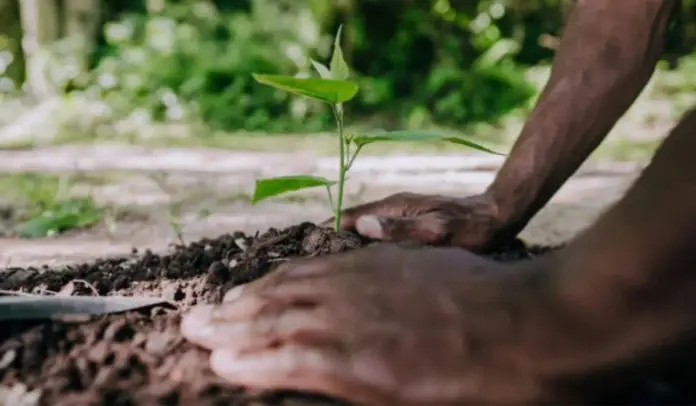Guanajuato has been vulnerable to droughts and heat waves for years, so initiatives have been launched in recent years to mitigate the effects of these events. However, projects such as cloud seeding and reforestation projects have not yielded the expected results and have generated controversy due to their high costs.
Although the state has implemented cloud seeding and reforestation campaigns, the reality is that the lack of monitoring and environmental conditions make it difficult for these initiatives to mitigate droughts and heat waves.
What were the results of cloud seeding in Guanajuato?
In Guanajuato, 8 out of 10 homicides are committed with firearms.
In 2018-2019, the state government implemented cloud seeding with silver iodide, a technique that induces artificial rain. The results were poor, with only 3 out of 15 attempts generating significant rainfall, according to the Guanajuato Ministry of the Environment.
Furthermore, UNAM experts point out that the technique requires specific atmospheric conditions, such as humidity and winds, which Guanajuato doesn’t always meet as it is a state dominated by dry heat. Therefore, despite investing millions in cloud seeding, as these techniques are costly, they didn’t have the required impact on aquifers.
Reforestation campaigns need follow-up in Guanajuato
Cooling off, yes, but not in dams or canals: Civil Protection
Other projects that have been questioned are the reforestation campaigns in various municipalities of Guanajuato. An example of this is Celaya, with an initiative that the Ministry of the Environment revived during the rains of July 2023, but which has currently been difficult to maintain due to drought and other factors.
In Salamanca, a reforestation campaign was carried out from 2022 to 2024, with 4,959 trees planted. Typical municipal trees such as frailes, ash trees, mesquites, and tabachines were grown in urban areas. This campaign still needs to improve in terms of monitoring by citizens and the Ministry of the Environment.
One aspect to keep in mind is that reforestation campaigns are often intermittent due to lack of rainfall and lack of monitoring by those who plant the trees.
One project that has shown positive results in Guanajuato is soil restoration. A specific case that demonstrates this is San Miguel Allende, where ejidatarios restored land by reforesting 546 hectares with agave and palo dulce during 2022.
Thanks to soil restoration in San Miguel Allende, water infiltration in degraded areas was restored and erosion was reduced by 35% in three years. Therefore, it would be advisable for the state of Guanajuato to focus on soil restoration, even though this project requires a higher cost than reforestation campaigns.
The measures implemented by the state to combat heat waves are complicated by monitoring factors, weather conditions, and the environmental budget allocated to Guanajuato. For these reasons, authorities need to prioritize resources for projects that have a positive track record in Guanajuato.

Source: periodicocorreo




